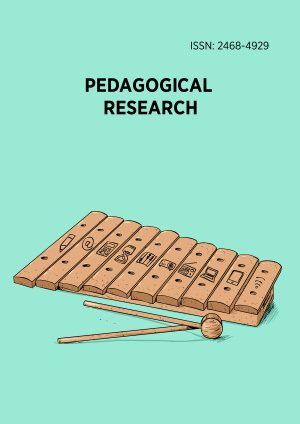Abstract
Now days, the level of students’ engagement in secondary school chemistry is low. The aim of this study was then to enhance student chemistry engagement through simulation-integrated 7E context-based instructional strategy and compared its efficacy with 7E context-based instructional strategy, simulation-integrated conventional teaching approach, and conventional teaching approach. For the quantitative part, 15-item chemistry engagement scale was utilized to collect data from 229 grade 10 students as part of a quasi-experimental pre-/post-test non-equivalent control group design. Both descriptive and inferential statistics were utilized. Semi-structured interviews were used to collect qualitative data. The study’s findings revealed that, when compared to the other instructional strategies, the simulation-integrated 7E context-based instructional strategy was the most successful at raising students’ overall engagement and its dimensions. This study implies that implementing a simulation-integrated 7E context-based instructional strategy can boost students’ overall and individual levels of engagement in chemistry. Thus, to enhance chemistry learning, teachers may progressively move from the conventional approach to the use of simulation-integrated 7E context-based approach over the other strategies.
License
This is an open access article distributed under the Creative Commons Attribution License which permits unrestricted use, distribution, and reproduction in any medium, provided the original work is properly cited.
Article Type: Research Article
PEDAGOGICAL RES, Volume 9, Issue 2, April 2024, Article No: em0189
https://doi.org/10.29333/pr/14146
Publication date: 01 Apr 2024
Online publication date: 25 Jan 2024
Article Views: 2938
Article Downloads: 4974
Open Access References How to cite this article
 Full Text (PDF)
Full Text (PDF)